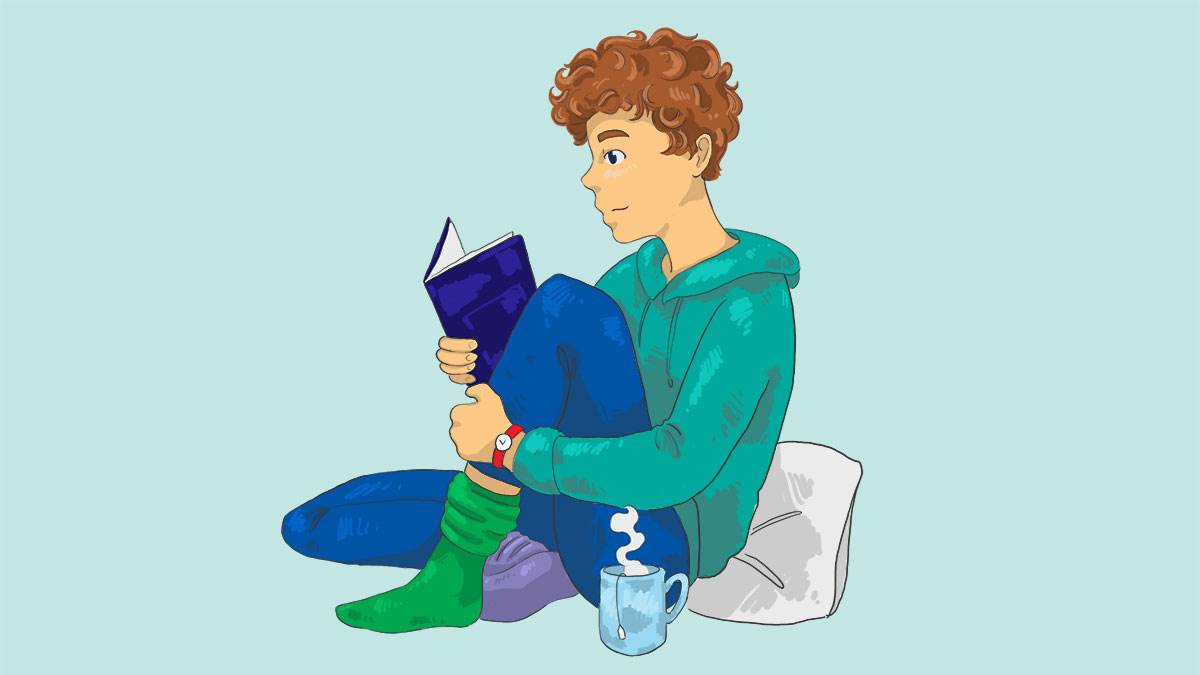Tips for encouraging reading for pleasure in your school
Published on: 29 August 2024
Farshore ran their annual Reading for Pleasure award for teachers – and this year’s entries were incredibly impressive.

Credit: Emily Rowland
Eight schools were chosen as worthy winners. There were some similar themes between them, such as getting the teachers reading, letting children choose books for themselves and encouraging book ‘blether’, and some stunningly original ideas.
Here are four interesting projects from the winners, to inspire and delight! (They all had more ideas, but there is only space to showcase one each.)
Watch out for four more in September.
Chris Soul, St John’s CE Primary School, Watford
Aim: to promote Storytime for 20 minutes every day

How I did this:
i) Enrollment onto Farshore’s Storytime Research Project
ii) Storytime timetabled for every class and monitored by SLT
iii) Y4 Salford reading assessment at the start & end
iv) Daily teacher logs for reflections and observations
v) Regular pupil and teacher surveys
vi) Children voting on diverse & contemporary titles
Impact:
A huge impact of the Storytime project was on children with special educational needs. A Year 3 teacher told me that: “a child (with SEN) who initially struggled to sit and listen, can now sit and listen attentively in Storytime and also in assemblies, which is amazing. He can now answer all the questions about a story. Something has clicked in him…”
At the end of the project, 83% of children surveyed in KS2 said they liked Storytime and 71.4% of teachers said they felt Storytime had a ‘definite’ impact and should be timetabled. One Year 5 child expressed that
“Storytime should continue because it is one of my favourite parts of the school day.”
Both teachers and pupils said that Storytime had a positive impact on their well-being.
Claire Burton-Gardner, Turnfurlong Junior School, Buckinghamshire
Aim: Broaden the range of staff knowledge of both children’s literature and knowledge of their children’s reading habits, sharing texts in common and building reading communities.
How I did this: I have led regular Rfp CPD to the staff, delivering four workshops to all staff, evaluating impact and recording success/challenges. This has included book blethers, sharing of good practice and modelling.
An example of a book blether from a staff and support staff meeting – What have been our favourite read alouds and why?
Impact: A recent staff survey showed that 100% of teachers feel their knowledge of children’s reading habits and of children’s texts has improved significantly since I began our focus on Rfp.
Staff are able to see the positive impact of what I have delivered with them and identify which changes have been impactful: “Children want to talk about books so much more - they are eager to share what they are currently reading. Positive culture of reading is throughout the school with children excited for new authors and book choices.”
“Engaging in conversation about what children are reading. Or if children are writing reviews engaging in that enables positive conversation about their reading.”
“I’ve been reading more children’s books . . . I’ve then been able to recommend books to children and I’ve noticed that more of them have been asking me to help them choose books.”
Imogen Maund, Caldecott Junior School, Abingdon, Oxfordshire
Aim: Building a Lifelong Love of Poetry
How I did this:
- Creating a ‘poetry corner’ in my classroom. This display was a flexible space where children could note recommendations and reflections. Poets’ faces were displayed too – I knew that representation would be really important when engaging children in poetry.
- Daily poetry sessions where the children could listen and share poems they liked.
- Adding verse novels and poetry collections to our termly ‘Reading Challenge’
- Investing in poetry for younger children which our Book Buddies began sharing with KS1 children to their delight!
- Adding poetry and verse novels to the Staff Book Club choices so that teachers and teaching assistants have become more knowledgeable.

Impact: Children can talk confidently with each other about poets and poetry now. Many children choose poetry books when we have weekly Cosy Reading sessions – they often read aloud to each other, laughing over funny poems.
My own knowledge has vastly improved and I am able to make recommendations to other teachers and children. The children are keen to write poetry for the first time, and love sharing it. We have turned their poetry into books and they can often be seen borrowing the collection to read each other’s poetry for pleasure. Teaching assistants have grown more confident: “I had never read a verse novel before this year so our poetry focus is definitely opening my eyes to different reading material which I can talk to the children about.”
Vikki Varley & Daisy Whitehead, Lydgate Infants School, Sheffield
Aim: Widening Knowledge and Pleasure in Reading Children’s Literature
How we did this:
1. Book recommendations in staff briefings
- Twice weekly so as to involve part time staff
- Recommended books displayed for staff to browse and read aloud in class.
2. Staff book club

- Half termly with an adult and children’s text each time.
- Plus a staff lending library of MG and YA books
3. Book blankets

- Book blankets in staff meetings with time to browse and chat informally.
Impact:

- All staff stated that their knowledge of children’s literature has increased.
- Excitingly, there is spontaneous informal book talk and book swapping of children’s books occurring!





